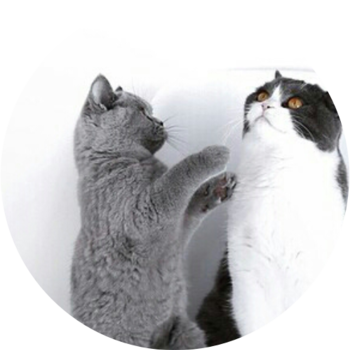Why does equilibrium exist?
is there a driving force behind it? eg the equilibrium of liquid water to water vapour in a bottle
is there a driving force behind it? eg the equilibrium of liquid water to water vapour in a bottle
1 Answer
Because some reactions are reversible.
Explanation:
Some reactions, like combustion reactions, are basically irreversible. This means that in this reaction:
Virtually every single particle of
Eventually, either
However, some reactions are reversible. This means that, in a reversible reaction like this one:
- Initially,
#A# and#B# become#C# and#D# at a high rate. - The more
#A# and#B# become#C# and#D# , the more#C# and#D# there will be to form back#A# and#B# . #C# and#D# re-form#A# and#B# .- The
#A# and#B# that are formed go back to form#C# and#D# again.
Eventually, the rate of
That's when equilibrium has been reached.
The "driving force" behind reaching this chemical equilibrium would be the tendency for the reactants to form products, and the products to form reactants in a reversible reaction.

